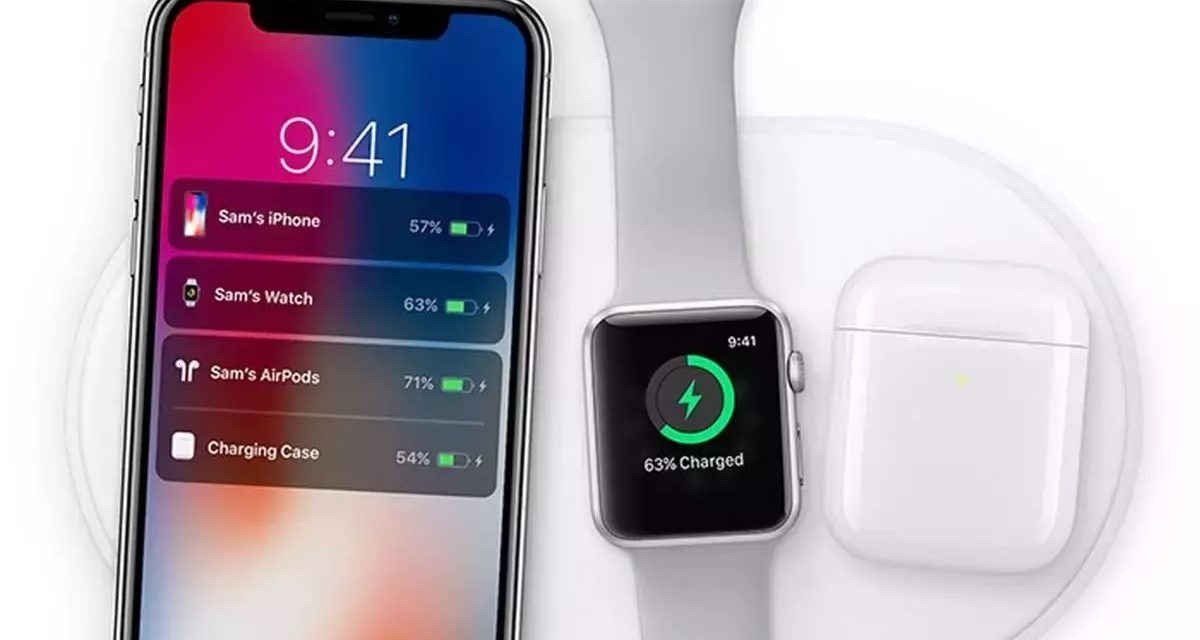Apple has been granted a patent (number 11,050,307 for a “wireless power system with device movement detection.” It’s yet another patent that hints at the revival of the abandoned AirPower device.
About the AirPower
The AirPower (pictured) was originally announced in September 2017. It was supposed to be able to charge a Qi-compatible iPhone, an Apple Watch, and a pair of AirPods (in a special wireless charging case) at the same time regardless of where they were placed on the pad. However, there was constant rumors of production, engineering, and manufacturing difficulties. Seems those rumors were right, as Apple announced in March 2018 that work on the device was being canceled as, in Apple’s words, “will not achieve our high standards.
Background of the patent
In the patent data, Apple describes a wireless power transmitting device such as a charging mat that transmits power to a wireless power receiving device such as a portable electronic device. The portable electronic device has a coil and rectifier circuitry.
The coil of the portable electronic device receives alternating-current wireless power signals from the wireless power transmitting device. The rectifier circuitry converts the received signals into direct-current power.
Summary of the patent
Here’s the summary of the new patent: “A wireless power system has a wireless power transmitting device such as a charging mat with a charging surface and a wireless power receiving device that receives wireless power from coils overlapped by the charging surface. The wireless power transmitting device receives load current and load voltage measurements from the wireless power receiving device and uses this information to produce one or more load lines. The load lines may form a family of load lines each associated with a different respective duty cycle used by inverter circuitry in the wireless power transmitting device in transmitting wireless power signals using the coils.
“The control circuitry can determine whether the wireless power receiving device has moved by comparing current and voltage information from the wireless power receiving device to the family of load lines and can take appropriate action such as measuring coil inductances for use in subsequent coil selection operations.”
Article provided with permission from AppleWorld.Today





